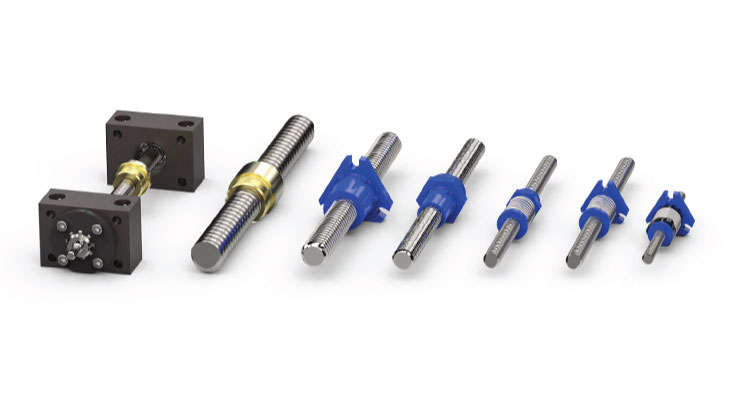Would it be Better to Increase RPM or the Lead of Your Lead Screw?

When it comes to lead screw performance, it's all about axial load and rotational speed (RPM). As you likely know, the relationship between these two factors is known as "pressure velocity," or the PV curve. Simply put, this PV curve defines the safe limits of load and speed. For instance, as load increases, speed must be reduced in order to prevent excessive heating and premature screw wear.
In a situation where you want to increase linear travel speed of the lead screw nut, you essentially have two options; you can increase the rotational speed (RPM) or you can increase the screw's lead. In the tables below, we will look at the pros and cons of each method so that you can decide which option would be best for your particular application.
| Increase RPM | |
| PROS | CONS |
|
|
| Increase Screw's Lead | |
| PROS | CONS |
|
|
So when it comes to increasing the linear speed, which option is better - increasing the rpm or the lead of your screw? As you can see from this post, both have their share of pros and cons. It's up to you and the details of your particular application to determine which route makes the most sense.


